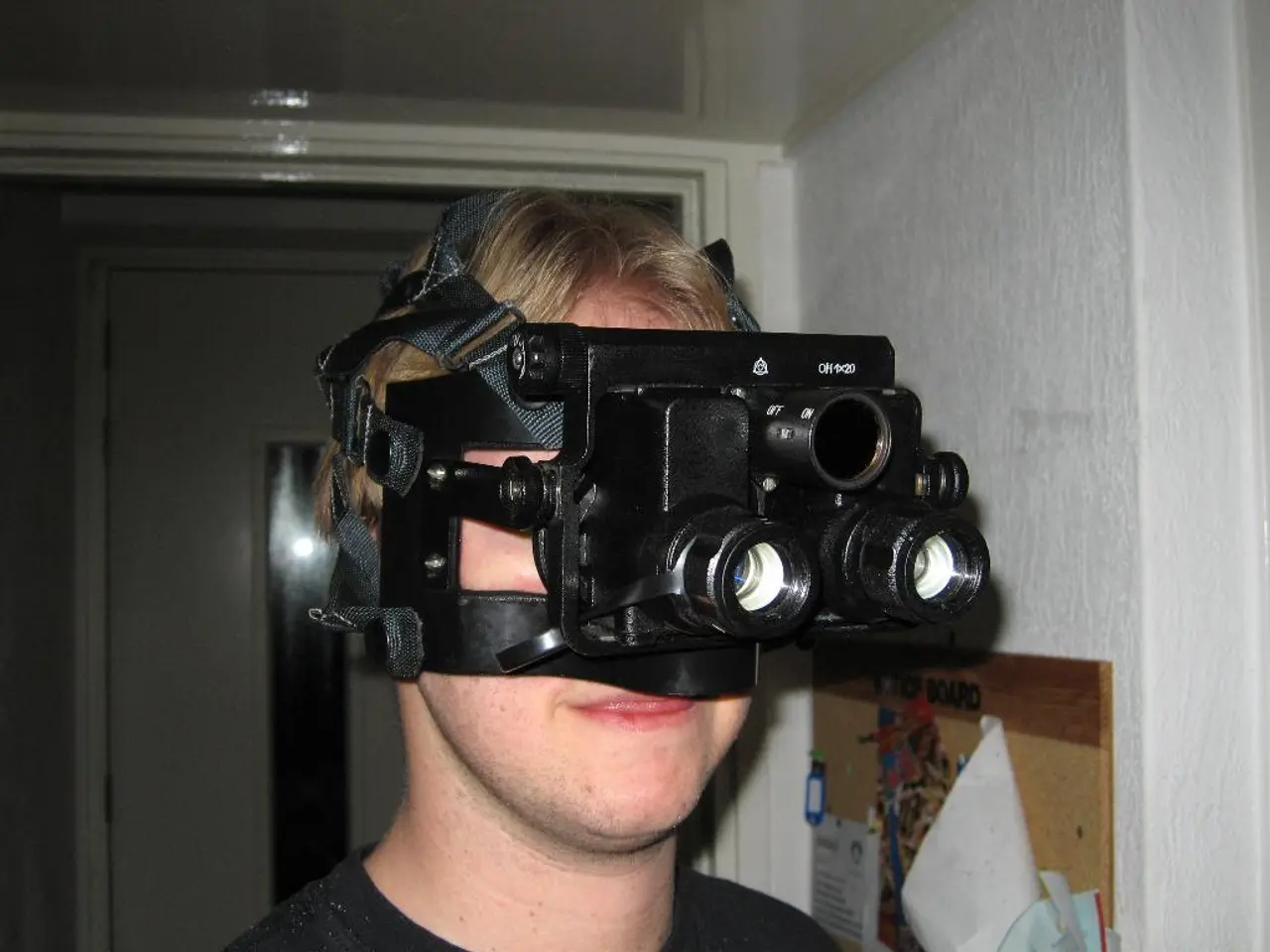Top Virtual Reality Applications for Physiotherapy: Restorative Therapy Options
Virtual Reality (VR) is making waves in the field of physical therapy, offering a new and exciting approach to rehabilitation. This innovative technology presents a number of benefits, but it's important to consider the cost and accessibility of VR headsets and therapy app subscriptions.
The most effective VR therapy sessions are those guided by a qualified physical therapist. Proven Reality, a company specialising in custom VR application development, creates immersive and interactive virtual environments specifically designed for unique needs and recovery goals. These applications require compatible VR headsets and potentially powerful computers to run smoothly.
Before starting VR therapy, it's crucial to discuss your medical history with your physical therapist. It's worth noting that VR therapy is not a one-size-fits-all solution; each patient's rehabilitation program is tailored to their unique needs and recovery goals.
Custom VR applications offer several potential benefits. They provide real-time visual, auditory, and tactile feedback, enabling patients to monitor and adjust their performance during exercises. Personalised virtual environments enhance patient engagement and compliance by making therapy more enjoyable and adaptable to emotional preferences. VR also facilitates social interaction, helping overcome psychological barriers such as loneliness and isolation in recovery, particularly for stroke patients.
Other benefits include sustained patient interest through game-like therapy activities, improved posture via real-time feedback, and customizable virtual spaces crafted specifically for rehabilitation needs. Integration of AI with VR can further personalise exercise difficulty based on patient progress, provide corrective guidance through motion tracking, and allow therapists to adjust treatment dynamically for better outcomes. This AI-enhanced VR also enables scalable and accessible home therapy options, potentially reducing healthcare costs and accelerating recovery.
However, there are considerations to bear in mind when using custom VR applications in physical therapy. The technology must be appropriately tailored to individual patient functional levels and stages of recovery. The setup requires access to VR hardware and potentially AI integration tools, plus training for both patients and therapists to maximise effectiveness. Emotional and psychological aspects must be thoughtfully addressed when designing environments to support motivation and compliance. Finally, clinical validation and cost-effectiveness compared to traditional therapy methods should be continually assessed.
It's also worth mentioning that VR therapy might not be suitable for individuals with certain medical conditions, such as severe balance problems or a history of motion sickness. However, as VR technology continues to evolve, it has the potential to make rehabilitation more engaging, effective, and accessible for a wider range of patients.
Moreover, VR therapy could revolutionise remote patient care, allowing patients to participate in effective rehabilitation programs from the comfort of their homes. VR therapy apps might integrate with wearable technology to provide real-time feedback on muscle activity, heart rate, and other physiological data.
In summary, custom VR applications in physical therapy can significantly enhance rehabilitation effectiveness and patient engagement by offering personalised, interactive, and immersive experiences. Successful implementation requires careful customisation, technology access, and multidisciplinary integration. As VR technology continues to advance, we can expect to see even more exciting developments in the field of physical therapy.
[1] "Virtual Reality in Physical Therapy: A Review" - Journal of Physical Therapy Science [2] "Virtual Reality in Rehabilitation: A Systematic Review" - Journal of Medical Internet Research [4] "AI-Enhanced Virtual Reality for Home-Based Rehabilitation: A Scoping Review" - Journal of Telemedicine and Telecare
- In healthcare and health-and-wellness, virtual reality (VR) technology is introducing a revolutionary approach to physical therapy, with Proven Reality leading the way in creating custom VR applications for rehabilitation.
- Effective VR therapy sessions are guided by qualified physical therapists who can tailor the recovery program for each patient, utilizing VR technology and AI integration for optimal results.
- Custom VR applications offer a number of benefits, including real-time feedback, personalized virtual environments, and scalable home therapy options, which have the potential to reduce healthcare costs and accelerate recovery.
- As VR technology continues to evolve, it has the potential to make rehabilitation more accessible and engaging for a broader range of patients, while revolutionizing remote patient care through integration with wearable technology.




